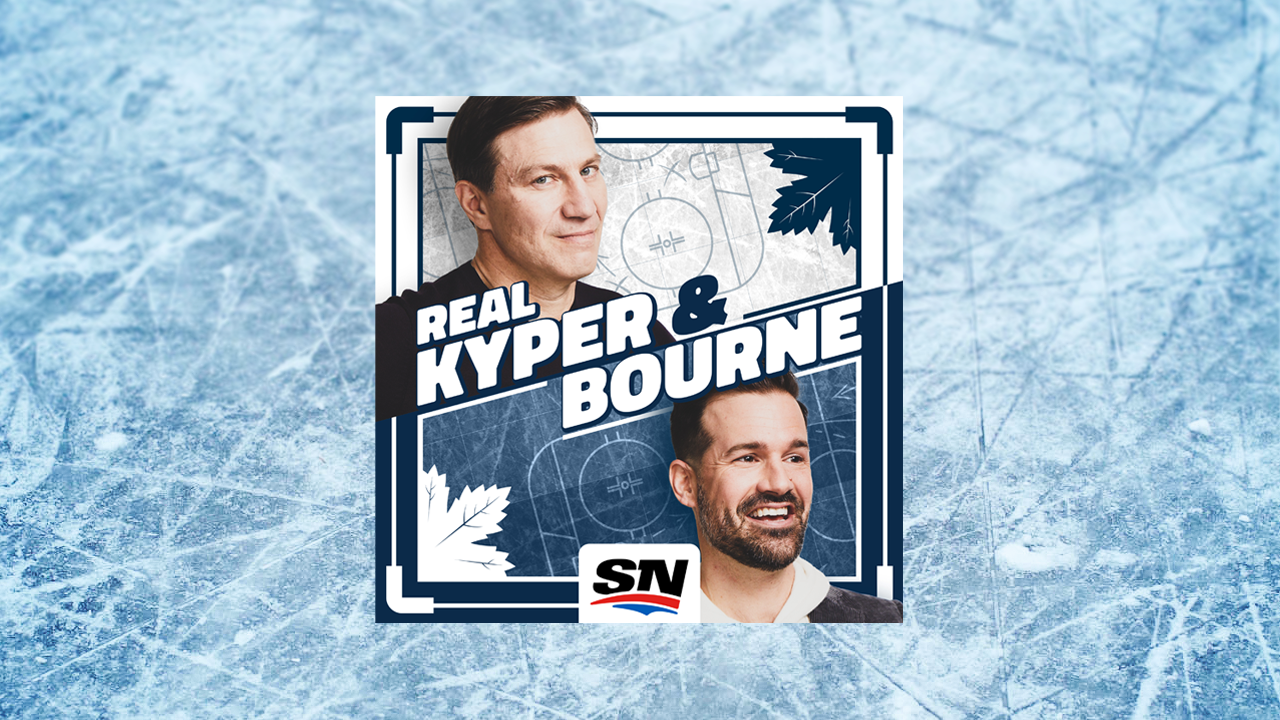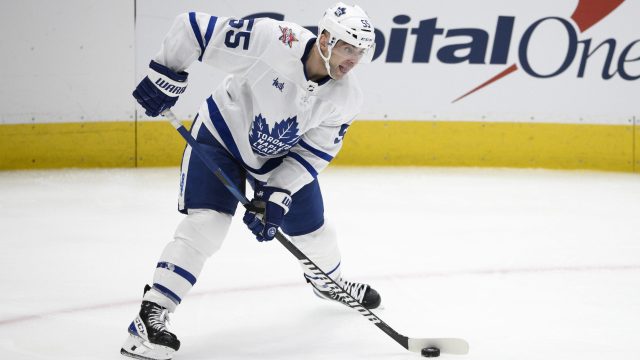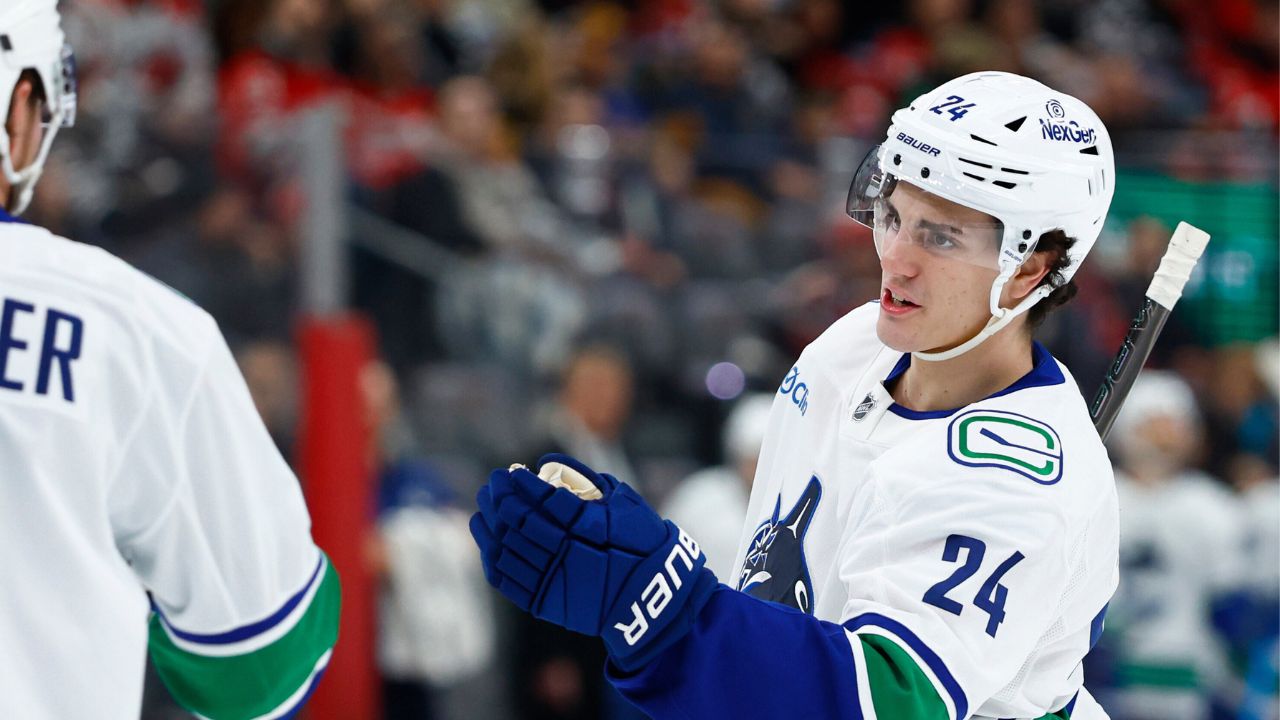
Unless the Toronto Maple Leafs fall off a cliff, it’s fair to assume this group will be a playoff team next spring.
At their core the Leafs have some elite forwards who are capable of outscoring opponents on any given night. The goaltending is evolving, with Joseph Woll looking more and more like a “homegrown” starting netminder.
What about the makeup of their blue line, though? What are the ideal roles and pairings for this group of defencemen? Are they deep enough? Do they provide a good mix of skill and physicality? Who are the play drivers? What about a shutdown pairing?
THE BLUE LINE FROM 1-6
I’m not going to overanalyze the group through numbers alone, but here’s how their stats look through the first month of the season.
• Mark Giordano’s average time on ice is over two minutes less per game compared to last season. His minutes have dropped at even strength and the power play but, interestingly, his penalty-kill time has risen by a 30-second average per game.
With his increased role on the penalty-kill, Giordano’s per game average for shot blocks has increased from 1.88 to 2.62. On the surface that doesn’t appear to be an important statistic, but shot blocks help keep the puck out of your net. At this rate, Giordano is on pace to block over 70 more shots this season.
The big question that we’ll get an answer for as the season plays out is whether or not Giordano’s 40-year-old legs can handle the pace and grind of the games that will come later in the regular season and then into the playoffs.
• Morgan Rielly averaged 3:01 on the power play last year, but he’s down more than two minutes per game to start the season. His power play minutes have clearly gone to John Klingberg. Rielly’s average time on ice at even strength is up by approximately 2:30 so far this year, though. He’s being asked to match-up defensively against top opponents more than he was in the past. His shot blocking is up by an average of .70 per game.
• Timothy Liljegren, finally, appears to have earned the full trust of the Leafs brass. It’s been a bit of a slow burn watching Liljegren develop, but his ice time is up in all categories. Liljegren has always been a solid skater. His spatial awareness, outlet accuracy, and overall game management is easily 50 per cent better than when he first arrived in the NHL.
• TJ Brodie is essentially being used the exact same way he was last season. The biggest difference with his approach so far, however, is that Brodie is getting in shooting lanes and blocking more shots. His per game average (3.5) is much greater than his average from last year (1.9). It appears Brodie’s approach is to keep the game as simple as possible. He’s generally being paired with Rielly and Brodie recognizes Rielly is going to be more actively involved offensively, so he elects to make sure he keeps the play in front of him. He’s taking very few risks, leading to more detail and energy on the defensive side of the ledger.
• Jake McCabe’s minutes are down compared to last season by over 2:30. He’s playing less at even strength and his start has been uneven at best. McCabe is very competitive. Where he runs into issues is when he gets too hectic chasing contact in his zone. He’s also had bouts of poor execution moving pucks out of danger. Now he’s dealing with a groin injury, too.
• The Leafs had the second-best power-play in the NHL last season, with a 26 per cent success rate that was only bested by the Edmonton Oilers at 32.4 per cent.
Rielly played the role of power play quarterback on the first unit last season. He has always leaned distributor more than shooter, so it comes as no surprise he contributed one goal and 16 assists on the PP.
John Klingberg was clearly brought into the fold with the idea of adding another layer to the Leafs’ D-core offensively. He has, historically, played the role of quarterback on first power play units.
Klingberg has taken over for Rielly on the Leafs’ top unit. He’s generally joined by Auston Matthews, John Tavares, Mitch Marner and William Nylander and has two assists on the power play through eight games.
• Outside of the power play, Klingberg generally matches up against middle/bottom six forwards. When the Leafs are on the road a crafty line matching coach will take advantage of last change and try to get his first line on the ice against Klingberg and his regular partner Giordano.
Klingberg is an average defender. He’s big, and rangy, but not overly detailed or physical defensively.
Depth/Recall Options
William Lagesson was thrust into the fold as the Leafs’ first defensive call-up versus Nashville on the weekend. He’s coming off a nice season in the AHL, with the Chicago Wolves, where he scored 10 goals and 22 assists and finished with a plus-14 rating. He was used in all situations at the minor league level.
Lagesson is capable of filling in occasionally, but he isn’t a full time regular at the NHL level. He has good quickness, he jumps to space effectively to engage along the boards, or win races to lose pucks. Once the puck is on his stick, accounting for the speed of the NHL game, his results are mixed.
Lagesson is best described as a two-way recall defenceman.
If the Leafs were to find themselves having to deal with further injury, Simon Benoit has NHL experience with Anaheim. He’s a big body (listed at 6-foot-4, 205 pounds) left shot defenceman who is limited with the puck but not shy about leaning on opponents. He gets in the lane to block shots.
Benoit isn’t real pretty to watch. His skating is adequate in straight lines, but his small area quickness and agility is tested a great deal at the NHL level. He competes to the best of his ability. He’s honest, but he’s an 8D.
SICK BAY
After having a very productive pre-season, it’s too bad Conor Timmins remains on the shelf with a long-term injury. Timmins looked like he was ready to add some depth to the Leafs lineup and potentially push some of the names on this list for playing time.
ASSEMBLY REQUIRED
Ideally, when assembling a deep roster of defencemen, teams will end up with partners who complement each other. Descriptions like “shut down pairing” or “two-way/transitional pairing” are examples of how partners are described.
Here is how I describe the Leafs’ defenders:
Morgan Rielly: Two-way/Transitional/PP QB
TJ Brodie: Two-way/Bumper/Shot Blocker
Jake McCabe: Two-way/Physical
Timothy Liljegren: Two-way/Transitional
Mark Giordano: Two-way/Leaning Defensive D/PK/Shot Blocker
John Klingberg: Transitional/Distributor/PP QB
William Lagesson: Two-way/Bottom Pairing/Even Strength
Simon Benoit: Defensive D/Heavy/In the way/Physical/8D
IDEAL PAIRINGS
I don’t currently have any issues with how the Leafs are deploying their pairings so far this season. With a couple of defencemen nicked up a bit, McCabe with a groin injury and Liljegren dealing with a minor issue, it puts more stress on the other names on this list to take on more minutes. But rarely do teams go through an entire season without having to deal with injuries or illness amongst the group.
So far Toronto has mostly skated with the following pairings:
Rielly-Brodie
McCabe-Liljegren
Giordano-Klingberg
Lagesson
Given the early struggles McCabe is having, pairing him with Liljegren makes even more sense. Liljegren has the legs to assist when things break down. His quickness is an asset that helps if McCabe is caught out of position when attempting to close with a big hit somewhere on the ice.
The other pairings make sense as well. Rielly and Brodie complement each other. Giordano and Klingberg have been slotted into specialty roles.
ARE THE LEAFS DEEP ENOUGH ON DEFENCE?
As much as I’m okay with this group for most of the regular season, I don’t think it’s a deep enough crew to take the Leafs where they want to go in the spring. We witnessed, first hand, how Brodie and Giordano broke down at the end of last season.
Is it possible they could be better this time around? I suppose, but they are one year older, not younger.
I’m forecasting the organization will, again, be shopping for more depth on the back end before the trade deadline arrives. It remains my opinion that they will need to find a true “shut-down defenceman” to assist with some of the heavy lifting come playoffs.
NAMES! GIVE ME NAMES!
I’m not going to get into a salary cap discussion. The Leafs will, obviously, have to find dollars to make any acquisition(s) possible. Injuries play into the salary cap, as does salary retention. Not to mention players who are looking for a change of scenery, for whatever reason. Which is to say I have no idea what Toronto’s salary cap structure will look like by the trade deadline.
My wish list at this point would include a player like Chris Tanev from Calgary. Tanev is a warrior who plays to his strengths. He’s an “in your face” competitor who will block shots even with his forehead if required.
Tanev is in the last year of his deal with the Flames and his contract carries an AAV of $4.5M, meaning it won’t be an easy fit in Toronto. Things, of course, could turn around in Calgary and the Flames might elect to keep Tanev as their own rental if they look like they can be a playoff team.
Another name that intrigues me is Philadelphia Flyers defenceman Sean Walker. The right-shot defenceman is a pending UFA at the conclusion of this season as well, with a $2.65M cap hit. Walker is playing over 20 minutes per game for the Flyers and being deployed in all situations. Walker is built like a fire hydrant (5-foot-11, 196 pounds), so he’s stocky/strong. Walker competes, adds a layer offensively, plays physical and blocks shots. Through the first eight games this year he already has two goals, two assists, 13 hits and 12 blocked shots.








